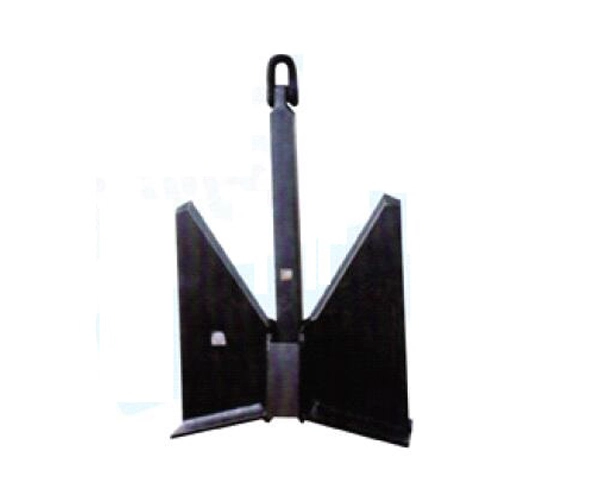When it comes to securing a vessel in open water, a reliable and durable anchor is essential. The bower anchor is one of the most widely used types of anchors for large ships and vessels due to its stability, strength, and reliability. This article highlights the key advantages of the bower anchor and why it is a preferred choice for maritime operations.
One of the primary advantages of the bower anchor is its superior holding power. Designed with a fluke shape that allows for a strong grip in the seabed, the bower anchor provides excellent resistance against wind and current forces. Its large surface area ensures that it digs deep into the substrate, whether it's sand, mud, or gravel, providing superior holding capacity.
This makes the bower anchor ideal for securing large ships, including tankers, cargo vessels, and cruise ships, in a wide range of environmental conditions. Its high holding power reduces the risk of dragging or breaking free from the seabed, making it a reliable choice for long-term anchorage.

The bower anchor is specifically designed to perform well in a variety of seabed conditions. Unlike other anchors that may struggle in certain environments, the bower anchor is highly versatile and can anchor securely in various types of substrates. Its shape and weight allow it to perform effectively in sand, mud, clay, and rocky seabeds.
This versatility means that the bower anchor can be used in a wide range of locations, from shallow coastal waters to deeper offshore sites, ensuring that a ship can always find a secure anchor, regardless of the terrain.

Maritime environments are harsh, and anchors need to be resilient to corrosion from saltwater exposure. The bower anchor is designed for durability and longevity. Made from high-strength steel and treated to resist corrosion, the bower anchor ensures that it maintains its strength and functionality over extended periods, even in the most challenging environments.
The corrosion-resistant properties of the bower anchor also reduce the need for frequent maintenance or replacements, which lowers long-term operational costs for ship owners and operators.
The bower anchor is known for its ease of handling and deployment. Its balanced weight and shape make it easier for crews to deploy and retrieve the anchor, even in rough sea conditions. Many modern bower anchors are equipped with features like smooth surfaces and streamlined shapes, which help minimize resistance during deployment.
Furthermore, bower anchors are often used in conjunction with anchor windlasses, making the deployment process even more efficient. This ease of handling reduces the likelihood of accidents and improves overall safety during anchoring operations.
| Feature | Description | Benefit |
High Holding Power | Large surface area for deep penetration into the seabed | Provides strong, reliable anchorage |
Versatility | Performs well in various seabed conditions (sand, mud, clay) | Can be used in multiple environments |
Durability | Made of high-strength, corrosion-resistant steel | Long-lasting and low maintenance |
Ease of Deployment | Designed for easy handling and smooth deployment | Reduces crew effort and enhances safety |
In conclusion, the bower anchor is a highly effective and reliable choice for securing vessels in various maritime conditions. Its superior holding power, versatile design, durability, and ease of deployment make it an essential tool for ships of all sizes. Whether you are anchoring in shallow or deep waters, the bower anchor guarantees a secure and efficient anchorage solution.